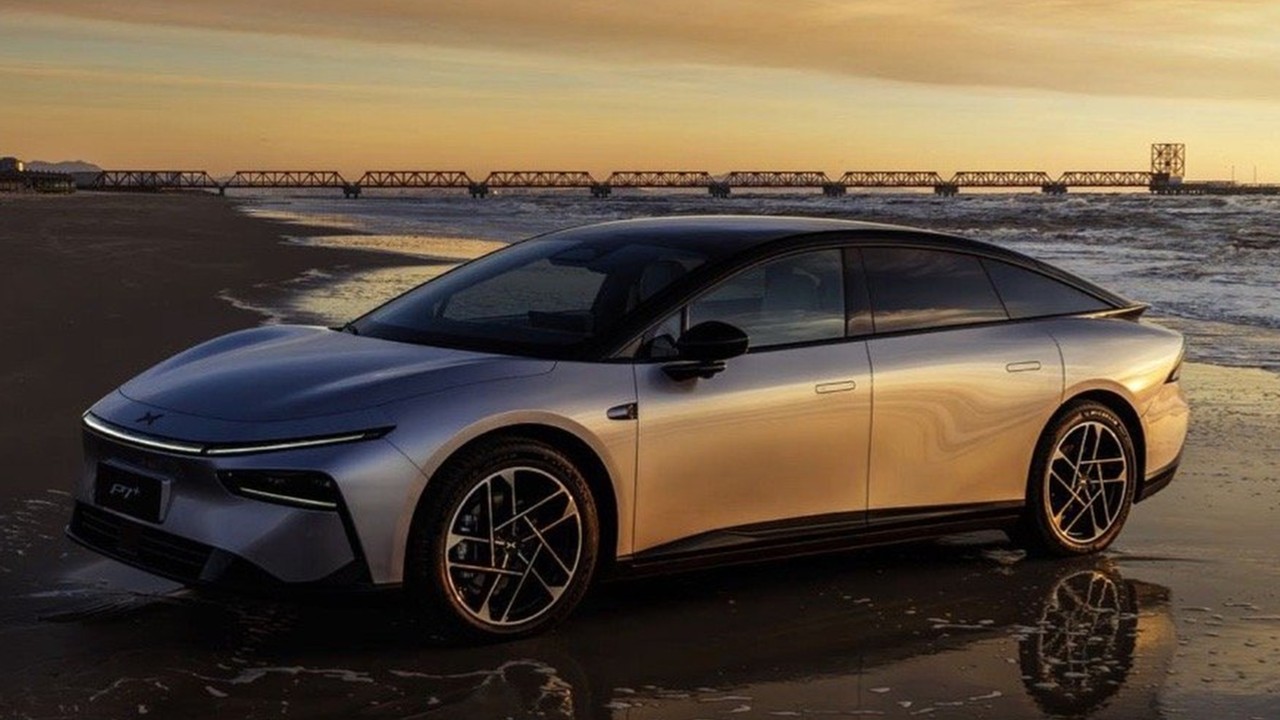New Business
Test drive: Xpeng P7+ EV combines luxury, space, AI-powered driving assistance


Earlier this year when Xpeng launched the Mona M03, the company found it had a hit on its hands, and early indications are that the Guangzhou-based company’s P7+ will follow on nicely. Unveiled in October at the Paris Motor Show, the electric vehicle (EV) received 31,528 orders on the day it launched in November.
The two cars share some degree of similarity, with both being liftbacks rather than true saloons, and both offer cavernous space. In the case of the P7+ this means 725 litres of boot space, which expands to 2,221 litres with the seats folded down – enough to hold 33 20-inch suitcases.
The P7+ made headlines for abandoning the use of lidar sensors for its driving-assistance features, in favour of a camera-based, artificial intelligence (AI)-powered system. This is all the more significant because Xpeng was the first company to mass-produce a lidar-equipped car, the P5. Lidar sensors use lasers to determine the distance from and the shape of objects.
Previously Xpeng reserved the top level of driving assistance to the lidar-equipped Max versions of its models. There are only two versions of the P7+, together with a limited edition, and all are Max versions, meaning that they all have equivalent capability to cars equipped with lidar, thanks to Xpeng’s new AI Hawkeye system.
Last year I had mixed results with Xpeng’s XNGP system, which offers urban driving assistance. It delivered a notably worse experience in Guangzhou than in Shanghai. Since then the system has evolved and is no longer dependent on high-precision mapping.
Source link



